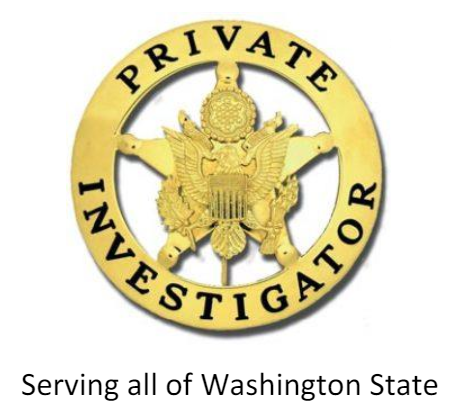- 04
- Jul
- 2025
The Truth about Deception
- Posted ByAlan
- InUncategorized
Why It Matters and How You Can Learn to Spot Lies
In today’s world, truth isn’t always easy to find. We’re surrounded by half-truths, misinformation, and outright lies. Whether it’s in the news, in interviews, or even in personal relationships, lying is all around us. Learning how to recognize deception is no longer a niche skill for law enforcement or psychologists. It is a valuable tool for anyone who wants to protect themselves, their loved ones, or their business. That’s exactly why I wrote Detection of Deception, a practical guide to help anyone sharpen their ability to spot lies and uncover the truth, no matter in life or while simply playing poker.
Whether you’re hiring a new employee, listening to a politician, having a serious conversation with a friend, or just playing poker, deception can sneak in. It is important to remember that not all lies are malicious. We probably have all told a “white lie” to avoid conflict or spare someone’s feelings, but other lies can lead to serious consequences. Being able to identify the difference can prevent you from making costly mistakes or being misled.
Detecting deception is a learned skill. While some people rely on “gut feelings,” the most effective lie detection comes from observing and listening for specific behavioral cues, analyzing speech patterns, and understanding human psychology. That’s what I focus on in Detection of Deception. I hope to help make these tools accessible and actionable.
In the book, I break down a variety of proven techniques used by investigators, psychologists, and security professionals to detect lies. These include:
- Verbal Indicators: Certain patterns in speech, such as avoiding direct answers, excessive detail, or changes in tense, can signal dishonesty.
- Body Language Cues: While body language alone isn’t always reliable, certain behaviors, such as inconsistent gestures, excessive blinking, or sudden stillness, may indicate stress or fabrication.
- Baseline Behavior: Everyone behaves a little differently, which is why establishing a person’s normal behavior (their baseline) is key. Sudden deviations can reveal discomfort or deception.
- Micro expressions: While I do not rely too heavily on these, these split-second facial expressions can leak true emotions even when someone is trying to hide them. Usually, when I use these is when I am reviewing a video statement or interview where I have the luxury of re-watching the subject multiple times, looking for those split-second indicators.
Each of these methods is explained with real-world examples and easy-to-follow tips in Detection of Deception. Whether you’re a parent, a manager, or someone interested in human behavior, you’ll find practical value on every page.
Unlike many books on this topic, Detection of Deception is written in plain language. It cuts through the jargon and gets straight to the point, giving readers tools they can use right away. I wrote it not just from research, but from years of firsthand investigative experience. It’s not theory. It is what works in the real world.
Remember, the truth matters. In a world filled with manipulation and misinformation, learning how to detect deception is one of the most empowering skills you can develop. Whether you’re looking to become a better communicator, a sharper observer, or simply more aware, Detection of Deception will guide you every step of the way.
Grab your copy of Detection of Deception today at Amazon and start seeing people more clearly.


Leave a Reply